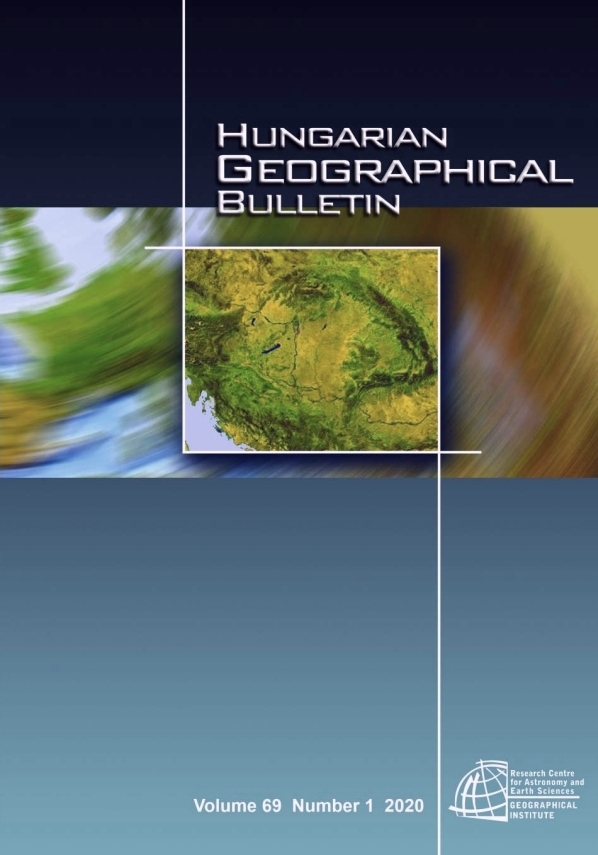Solarz, M.W.: The Global North-South Atlas. Mapping Global Change
Abstract
-
References
Alex Gillespie, A., Howarth, C.S. and Cornish, F. 2012. Four problems for researchers using social categories. Culture & Psychology 18. (3): 391-402. https://doi.org/10.1177/1354067X12446236
Conceição, P. 2019. Human Development Report 2019. Beyond income, beyond averages, beyond today: Inequalities in human development in the 21st century.New York, UNDP.
Maddison, A. 2010. Maddison Database. Historical Statistics of the World Economy 1-2008 A.D. Groningen, Groningen Growth and Development Centre.
Quilligan, J.B. 2002. The Brandt Equation. Philadelphia, USA, Brandt 21 Forum.info.
Solarz, M.W. (ed.) 2018a. New Geographies of the Globalised World. London-New York, Routledge. https://doi.org/10.4324/9781315560083-6
Solarz, M.W. 2018b. Many worlds, one planet. In New Geographies of the Globalised World. Ed.: Solarz, M.W., London-New York, Routledge, 54-76. https://doi.org/10.4324/9781315560083-3
Solarz, M.W. 2020. The Global North-South Atlas. London, Routledge. Williams, G. 1980. The Brandt report: A critical introduction. Review of African Political Economy 19. 77-86. https://doi.org/10.1080/03056248008703444
Wimmer, A. and Schiller, G.N. 2002. Methodological nationalism and beyond: nation-state building, migration and the social sciences. Global Networks 2. (4): 301-334. https://doi.org/10.1111/1471-0374.00043
Wionczek, S.M. 1981. The Brandt report. Third World Quarterly 3. (1): 104-118. https://doi.org/10.1080/01436598108419547
Copyright (c) 2020 Géza Barta

This work is licensed under a Creative Commons Attribution-NonCommercial-NoDerivatives 4.0 International License.






